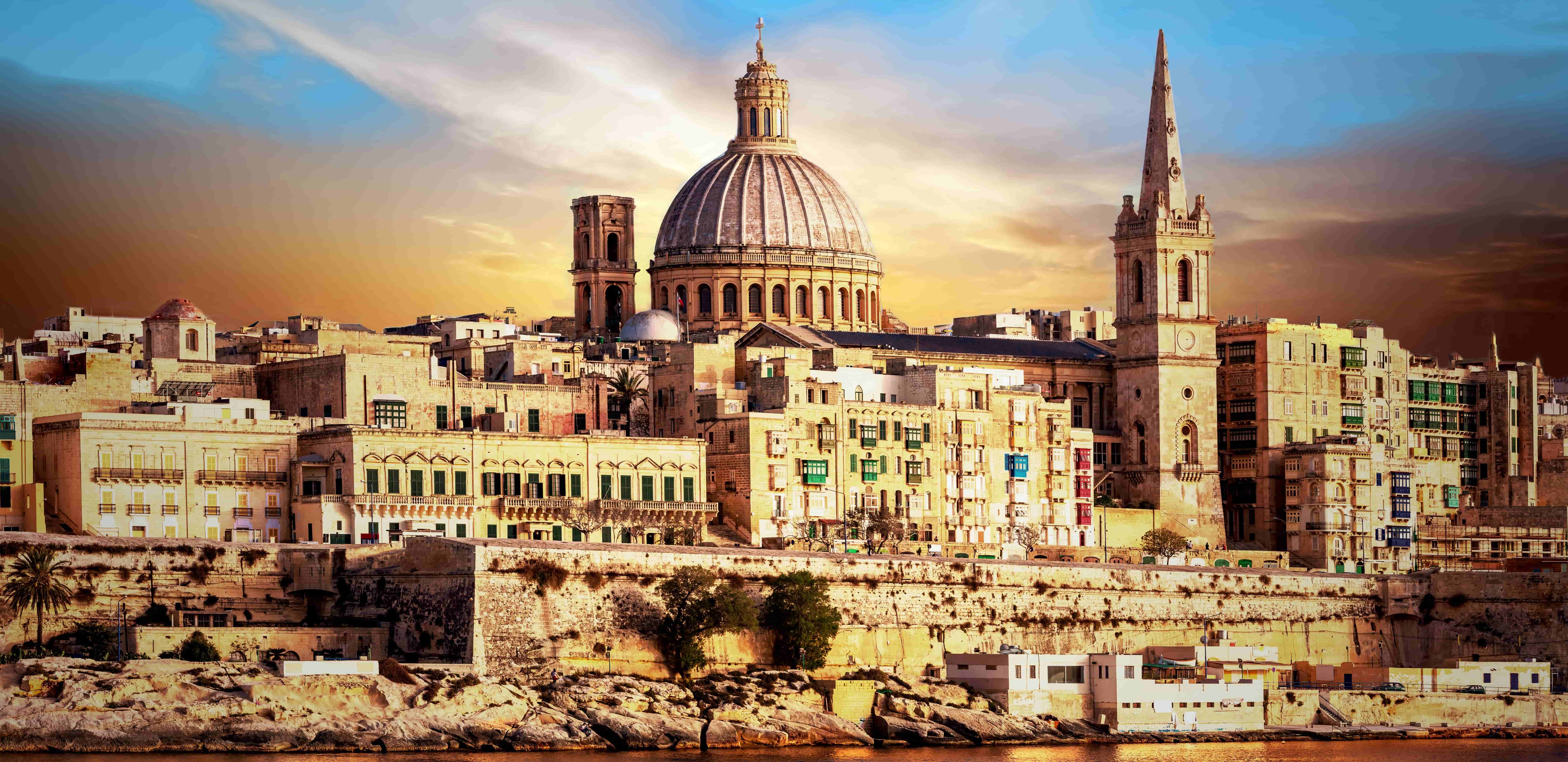2018 European Capitals of Culture: Leeuwarden and Valletta

From 1 January, Leeuwarden (The Netherlands) and Valletta (Malta) started to embrace the title of European Capital of Culture for one year.
The opening celebrations for Valletta <http://valletta2018.org/> started on the 14th of January till the 20th across the city, inspired by the traditional Maltese festa (village feast). Commissioner for Education, Culture, Youth and Sport, Tibor Navracsics, will attend the official opening ceremony on 20 January.
Commissioner Navracsics said: “The European Capitals of Culture help bring communities together through culture with long-lasting benefits for the respective cities, their citizens and their economies. 2018 will be a special year as it is the European Year of Cultural Heritage, and both Capitals have included many projects promoting cultural heritage in their programmes – contributing to highlighting the role of culture in building a European identity. I wish Leeuwarden and Valletta every success for the coming year.”
What’s on?
The programme for Valetta’s festa aims to encourage artists and audiences to rethink the traditional view of culture. Due to Malta’s specific location as an island-state between Europe and North Africa, the programme also aspires to bring together different points of view from the various shores of the Mediterranean. More than 140 projects and 400 events are included in the programme, organised around three main themes: “Island Stories”, “Future Baroque” and “Voyages”. About 1,000 local and international artists, curators, performers, workshop leaders, writers, designers, choirs and film-makers will be involved, and celebrations will continue throughout the year across the islands of Malta and Gozo.
Background
The European Capital of Culture was initiated by the then Greek Minister of Culture Melina Mercouri in 1985 and has become one of the most high-profile cultural initiatives in Europe. The cities are selected on the basis of a cultural programme that must include a strong European dimension, promote the participation and involvement of the city’s inhabitants and contribute to the long-term development of the city and its surrounding region.
